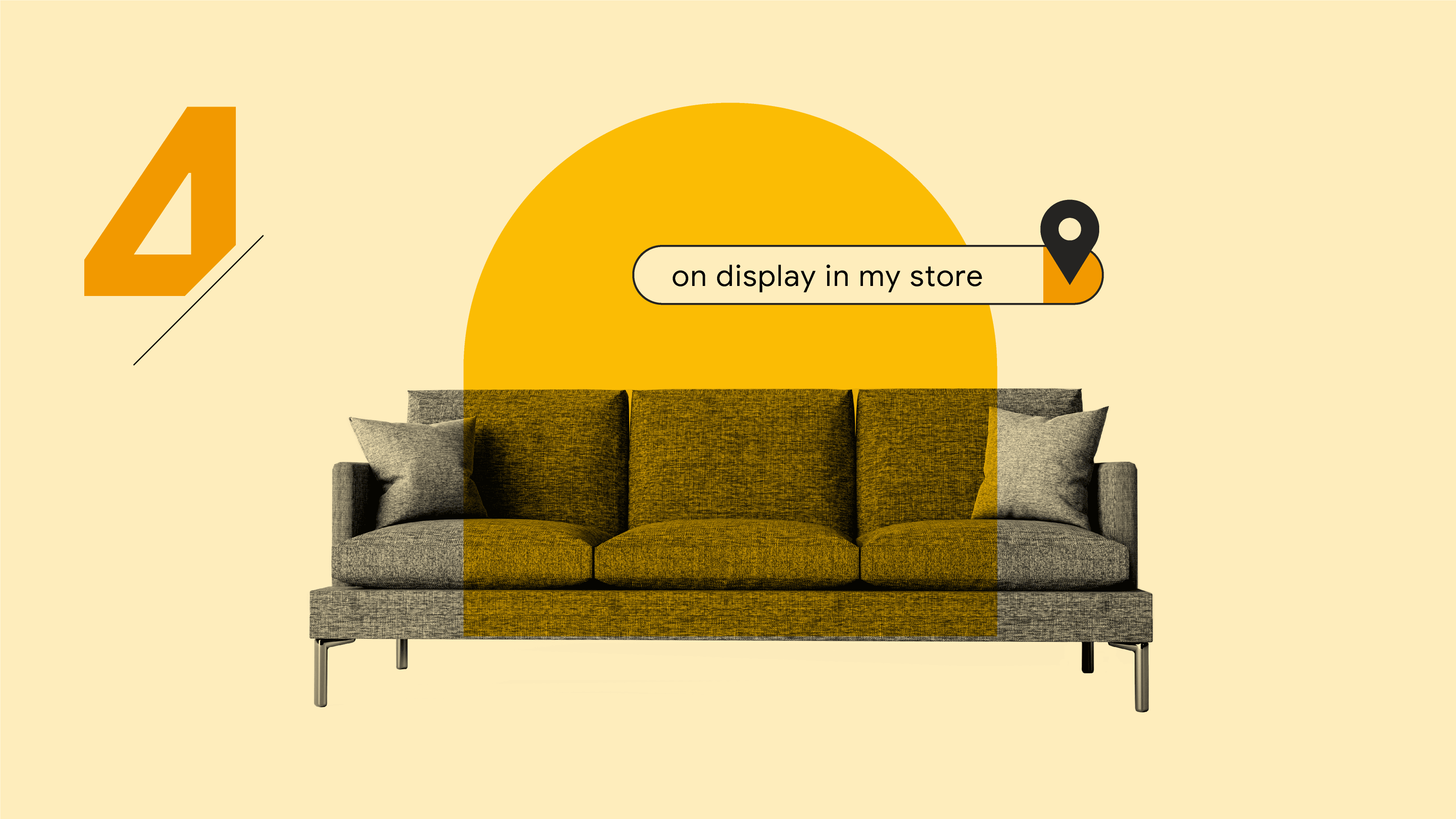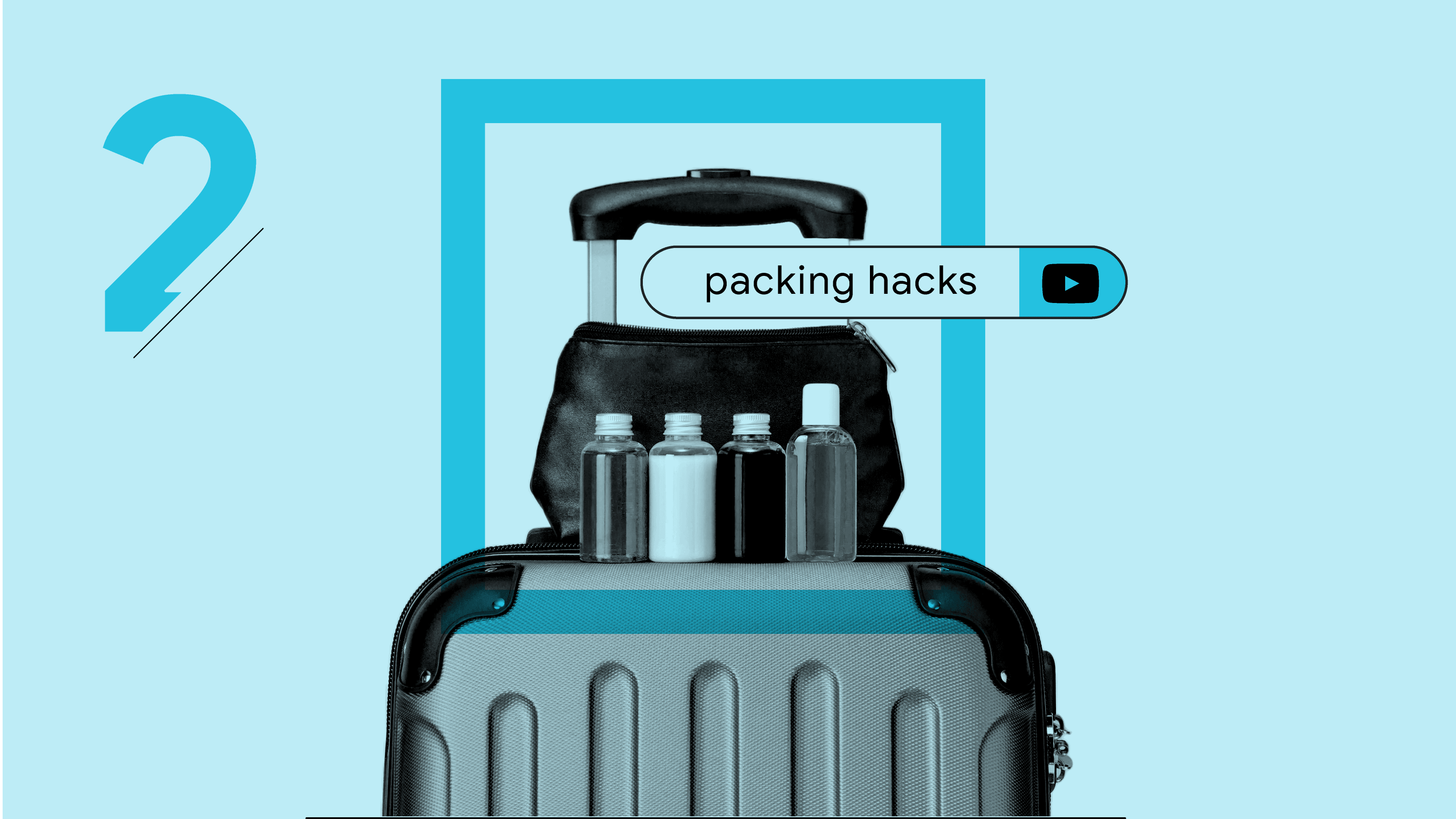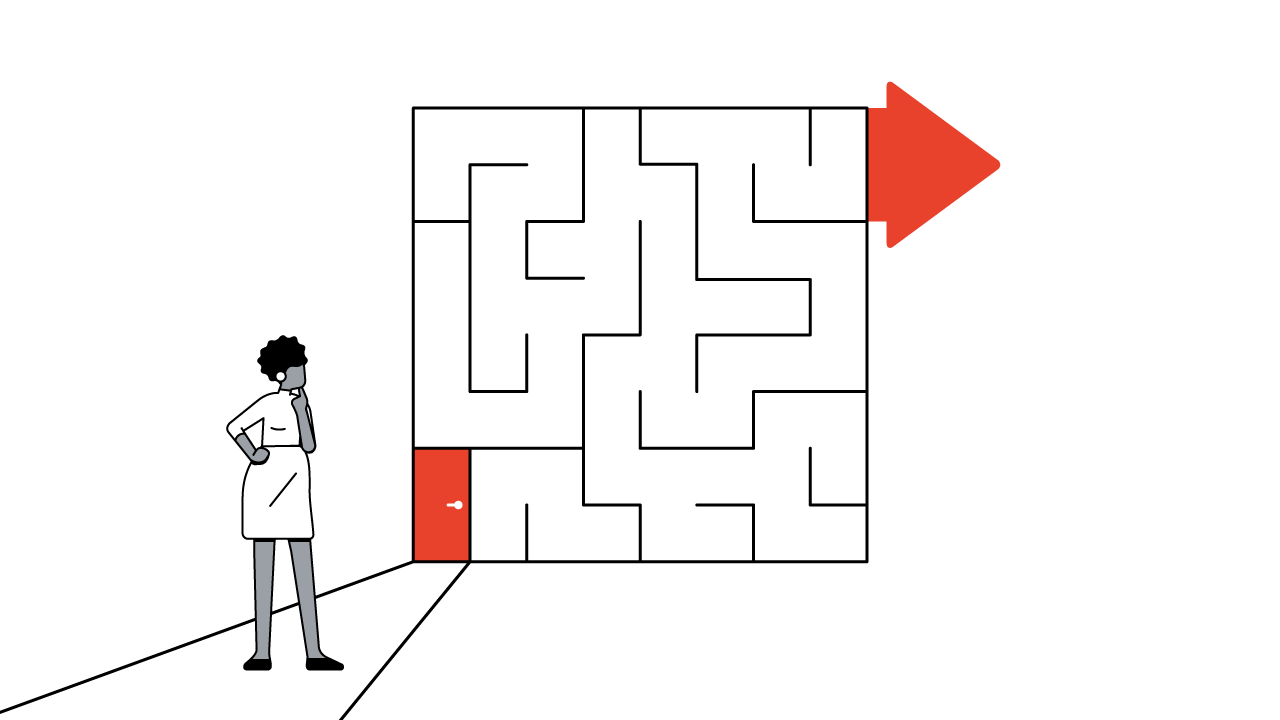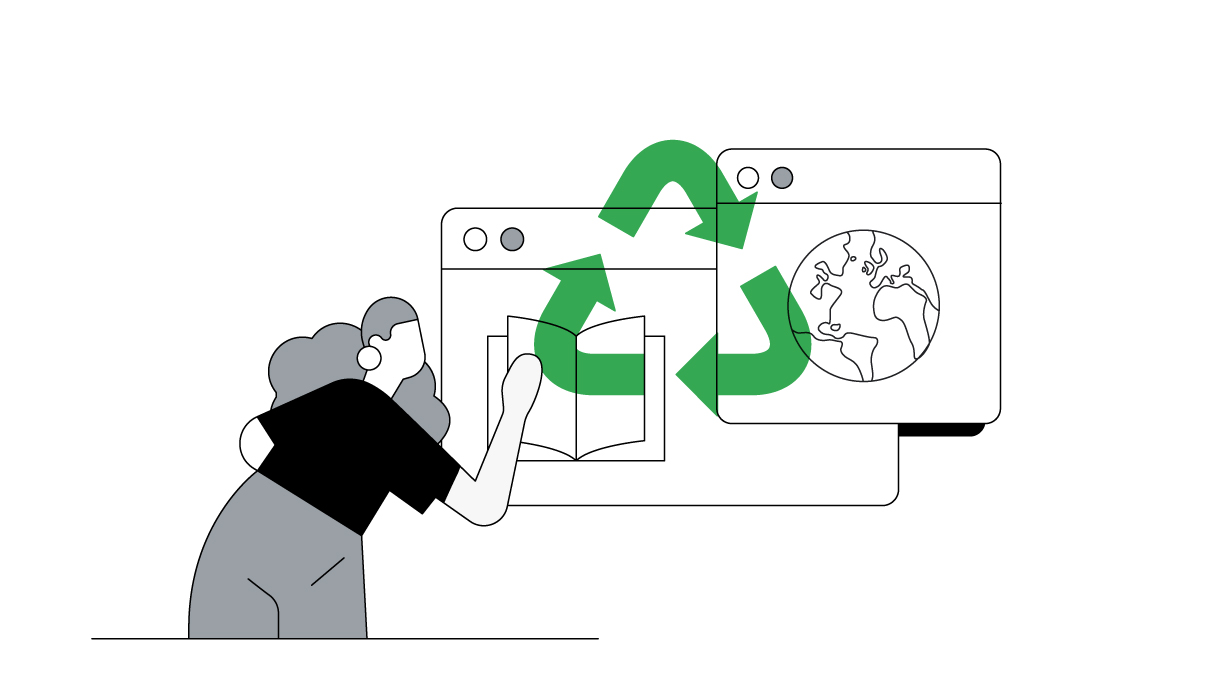Ask a Researcher: How do we decode the messy middle of the consumer purchase journey?
Host
Guest
Published
March 2021Share this page
Ask a Researcher: How do we decode the messy middle of the consumer purchase journey?
March 2021Consumers today have a world of choice: search engines, social media, price comparison sites, aggregators, review sites, video sites, and more. This creates a messy middle between trigger and purchase for marketers to understand and untangle.
In an attempt to make this spaghetti-like mess a little easier to understand, Think with Google’s Global Executive Editor Natalie Zmuda talks to Alistair Rennie, a research lead on Google’s market insights team.
Rennie’s team conducted literary reviews, shopping observation studies, search trend analyses, and a large-scale experiment with real in-market shoppers simulating 310,000 purchase scenarios across multiple verticals. They applied behavioural science to demonstrate shifts in brand preference from a shopper’s favourite brand to their second favourite brand to even a fictional brand they had never heard of before.
Learn what the team discovered, and what it means for marketers. And be sure to check out part two, where we dive deeper on the principles of behavioural science.
For more innovative marketing ideas, and insights from industry leaders, join the Be Ready for What’s Next livestream series on-demand.
Alistair Rennie: The status quo is the status quo for a reason, you know. It’s been tried;
it's been tested; it's been proven.
So if you’re going to challenge that, you know, you need to have a really good reason
and some pretty robust data to back it up.
Hi, I'm Natalie Zmuda, global executive editor with Think with Google.
Welcome to Ask a Researcher from home.
I'm here today with Alistair Rennie. He’s a market insights lead, based in EMEA.
Thanks Ali for joining us today.
Hi, Natalie.
Thanks very much for having me.
Natalie: Can you talk to me about what you call the messy middle?
Alistair: Okay, the messy middle.
So, today's consumer has a lot more information and choice.
So there are search engines, there's social media, price comparison sites, aggregators,
review sites, video sites, blogs sites.
Not even to mention the actual retailers themselves.
(That’s what we call the trigger.)
It happens between that and the purchase.
All of that choice and information.
When you put all that together, that’s what we call the messy middle.
And it was such a mess, in fact, that we decided we’d try and tidy it up and sort of reimagine
a model of what behavior looks like in that space.
Natalie: Tell me about that model.
Alistair: The model.
I'm glad you asked me that.
What we've done is we've taken this spaghetti-like mess, this messy middle, and we've codified
it into just two mental modes.
So whatever you're doing, be it looking at a search engine, you're on a review site,
you’re on a retailer site; you’re doing one of two things: You’re either exploring
or you’re evaluating.
When you are in exploration mode, and you’re adding brands and products to your consideration
set.
Then when you go into the evaluation mindset, this is a reductive process and you start
to narrow down your choices again.
But here's the thing, because we have so much choice, we are encouraged to go back
into exploration mode.
You can see in our model, it creates this infinity loop.
Technically, there's no end to how many times you can go back and forward through this loop.
This distinction is really important, because there is, as well as being two distinct mental
modes, they have their own reward structures.
And actually they require a different set of marketing tactics to approach them effectively.
Natalie: And how CAN marketers be most effective?
Alistair: Okay.
So, there are three big takeaways for marketers, really.
The first of those is to ensure brand presence.
We've seen that just by showing up in the messy middle at the right time, this can really
have an impact on the outcome of the decision making process.
The second big takeaway is about the intelligent and the responsible use of the principles
of behavioral science.
It's the discoveries made in the messy middle that often determine the outcome, and small
changes can have a really, really big impact.
And the third and final takeaway for marketers is about closing the gap between the trigger
and the purchase.
And this might seem like a really obvious one, but it’s really important, is good
UX.
If the page loading speed is poor or the navigation isn’t intuitive, you’re you’re giving
the shopper every excuse to go and explore and evaluate somewhere else.
Natalie: Really interesting.
Ali, thank you so much for joining us today.
Alistair: My pleasure.
Thank you.
Natalie : And for more on the latest marketing insights
visit ThinkWithGoogle.com
Think with Google
Others are viewing
Marketers who view this are also viewing
-
Article
![]() Article
ArticleHow to build a gold-star website that boosts shopper confidence
-
Article
![]() Article
ArticleExpand omnichannel sales
-
Article
![]() Article
Article12,000 shoppers showed us how to supercharge Search ads
-
Article
![]() Article
ArticleCapture brand awareness and consideration during moments of discovery
-
Interview
![]() Interview
InterviewFinding the ‘Why’ behind consumer behaviour with Ogilvy U.K.’s Rory Sutherland
-
Article
![]() Article
ArticleYouTube research: A shortcut to nab new shoppers
-
ArticleArticle
The U.K. shopper in 2023: Key consumer trends to consider this peak retail season
-
Article
![]() Article
ArticleShifting from stories to substance: Here’s what’s next for sustainable marketing







